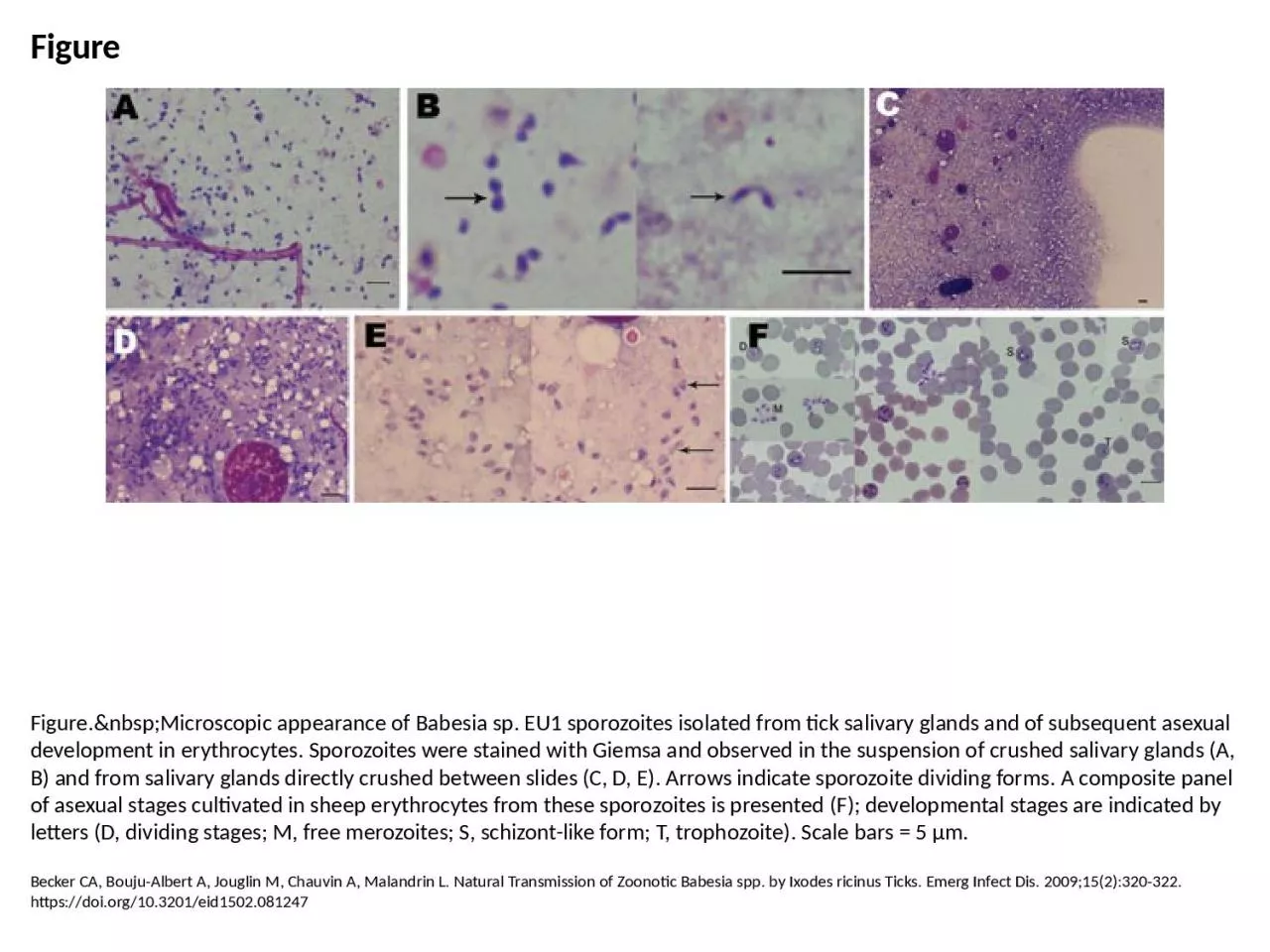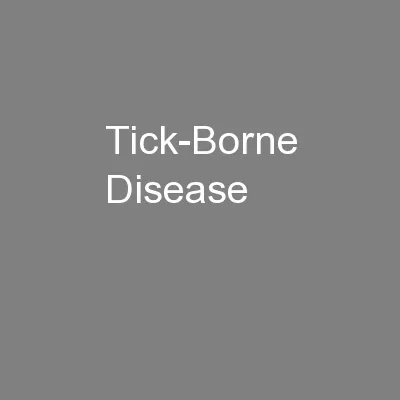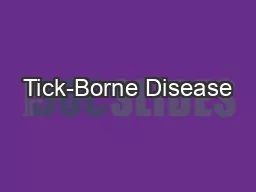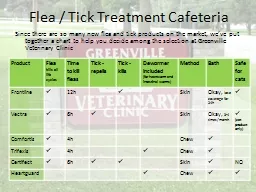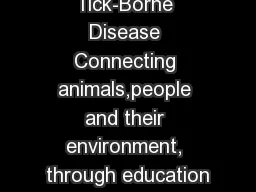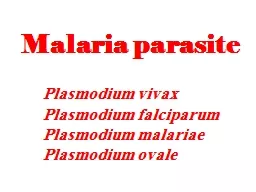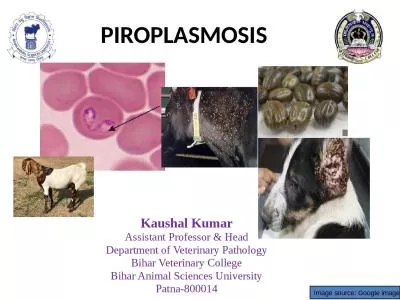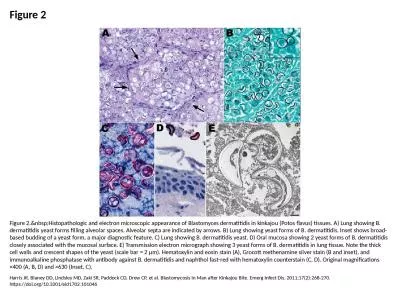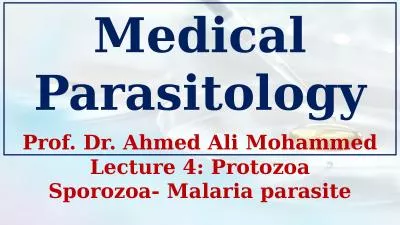PPT-Figure Figure. Microscopic appearance of Babesia sp. EU1 sporozoites isolated
Author : molly | Published Date : 2024-01-03
Becker CA BoujuAlbert A Jouglin M Chauvin A Malandrin L Natural Transmission of Zoonotic Babesia spp by Ixodes ricinus Ticks Emerg Infect Dis 2009152320322 httpsdoiorg103201eid1502081247
Presentation Embed Code
Download Presentation
Download Presentation The PPT/PDF document "Figure Figure. Microscopic appe..." is the property of its rightful owner. Permission is granted to download and print the materials on this website for personal, non-commercial use only, and to display it on your personal computer provided you do not modify the materials and that you retain all copyright notices contained in the materials. By downloading content from our website, you accept the terms of this agreement.
Figure Figure. Microscopic appearance of Babesia sp. EU1 sporozoites isolated: Transcript
Download Rules Of Document
"Figure Figure. Microscopic appearance of Babesia sp. EU1 sporozoites isolated"The content belongs to its owner. You may download and print it for personal use, without modification, and keep all copyright notices. By downloading, you agree to these terms.
Related Documents

